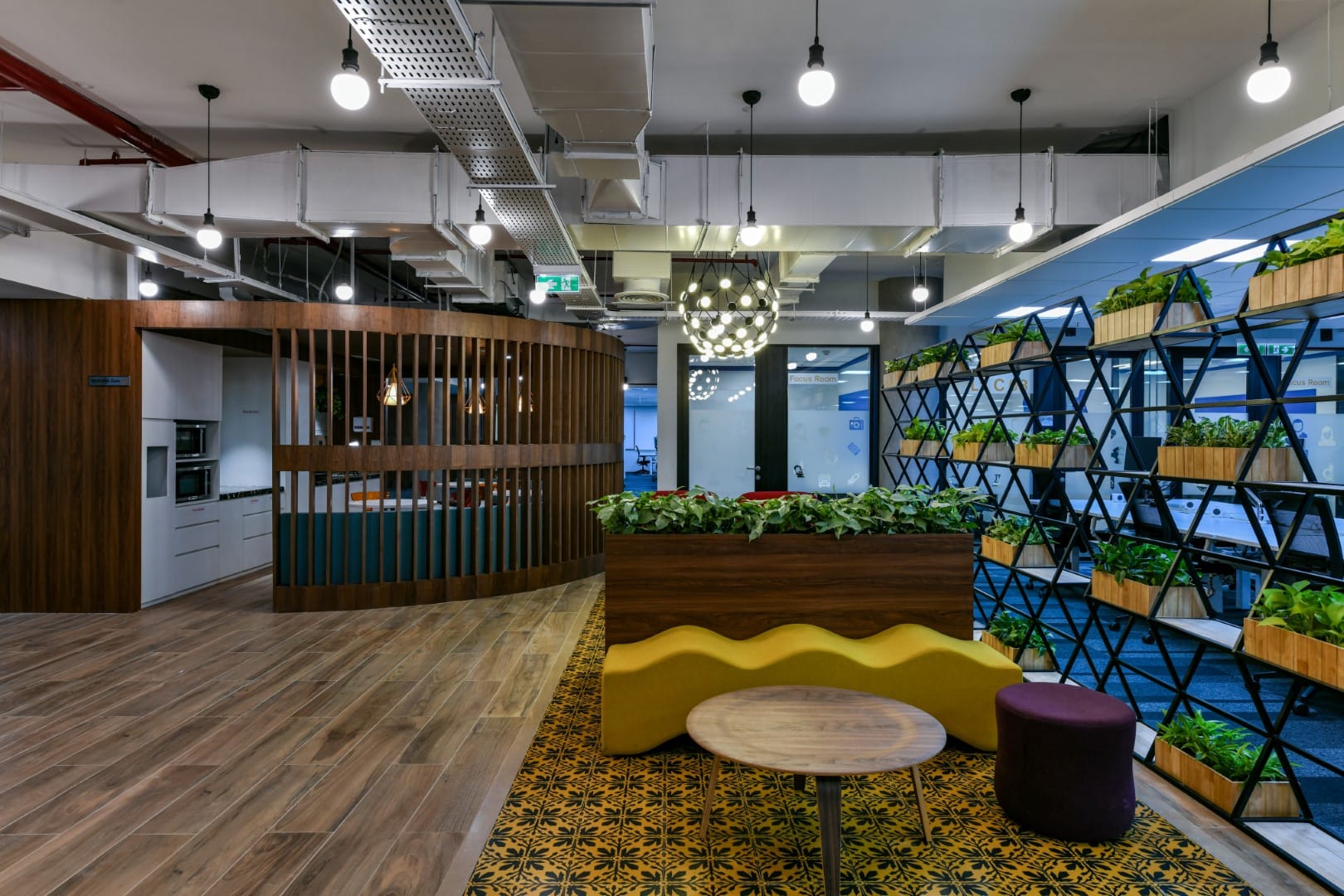
Why Biophilic Design is More Than Just a Trend

In recent years, biophilic design has become a popular buzzword in architecture and interior design, but it’s far more than just a passing trend. Biophilic design is rooted in the concept that humans have an inherent connection to nature, and by incorporating natural elements into the built environment, we can improve our well-being, productivity, and overall happiness. Let’s explore why biophilic design is a movement that’s here to stay and why it holds lasting value for both people and spaces.
1. Promotes Health and Well-being
One of the most significant reasons biophilic design is gaining momentum is its positive impact on health. Research has shown that connecting with nature can reduce stress, improve mood, and enhance cognitive function. In a world where the average person spends the majority of their time indoors, the integration of natural elements such as plants, natural light, and organic materials can create a more healing and restorative environment.
Natural elements have been shown to lower heart rates, reduce blood pressure, and improve immune system functions. The presence of plants alone can purify the air, making indoor spaces healthier to occupy.
2. Increases Productivity and Creativity
Biophilic design doesn’t just benefit our health—it also enhances productivity and creativity. Natural environments have been found to foster a sense of calm and focus, which leads to better work performance. Employees in biophilic-designed spaces have reported increased job satisfaction and higher engagement levels.
Incorporating nature-inspired design elements—such as open layouts, living walls, and natural materials like wood and stone—can reduce feelings of fatigue and improve mental clarity. These environments encourage creativity, innovation, and problem-solving, making them ideal for workspaces and collaborative areas.
3. Sustainability and Environmental Benefits
Biophilic design encourages the use of sustainable practices that align with the increasing global focus on environmental consciousness. Many biophilic design strategies emphasize the use of local, renewable materials, energy-efficient designs, and green infrastructure. Natural elements, like green roofs and walls, not only enhance aesthetics but also contribute to reducing carbon footprints and improving energy efficiency.
Moreover, biophilic spaces often incorporate water features or use native plants that require less water, further aligning with sustainable and eco-friendly design principles. This makes biophilic design a great option for organizations and homeowners looking to adopt a greener approach to their spaces.
4. Fosters Connection and Community
Biophilic design can foster a sense of community and connection by integrating natural elements that encourage social interaction. Features like communal gardens, outdoor seating areas, and open spaces for collaboration help create environments where people can connect with nature—and with each other. In a corporate or residential setting, such spaces promote a sense of belonging and well-being.
In addition to enhancing social interactions, biophilic elements also provide a calming environment for individuals to recharge and reflect. This dual-purpose approach ensures that the space benefits both personal time and social engagement.
5. A Timeless and Universal Approach
Unlike short-lived trends that often come and go, biophilic design is rooted in the timeless and universal human need for connection to the natural world. Throughout history, natural elements have played a role in shaping our environments—whether it’s the gardens of ancient civilizations or the iconic landscapes of modern cities. Biophilic design is a continuation of this connection, designed for the future, but with deep historical and cultural roots.
Incorporating nature into our daily lives isn’t something new—it’s something we’ve always done, and biophilic design simply brings this age-old practice into the contemporary context of modern design.
Conclusion
Biophilic design is far more than just a passing trend; it’s a response to the growing demands for healthier, more sustainable, and more productive environments. From promoting well-being and creativity to fostering environmental sustainability, biophilic design offers tangible benefits that positively impact people and spaces alike. As we continue to spend more time indoors, integrating nature into our environments is not just a luxury—it’s a necessity. The enduring power of biophilic design ensures its place at the forefront of architecture and interior design for years to come.

